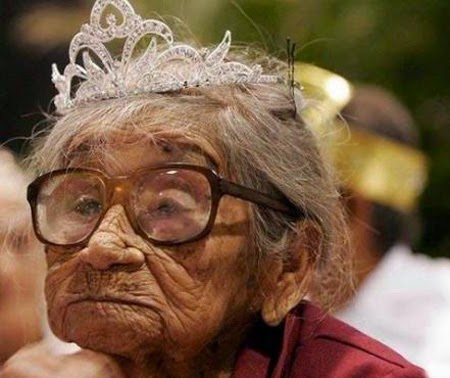Aperture
 |
| f/2.8 |
 |
| f/22 |
1. We can relate the aperture to our eyes because they work very similar.
2. The smaller the aperture, the bigger the f-stop number - the bigger the aperture the smaller the f-stop number
3. Depth of field means how much space is sharp and the bigger the aperture, the better the background is sharpened and a smaller aperture shows just the foreground really sharp.
Shutter Speed
 |
| low shutter speed |
 |
| high shutter speed |
1. If you were assigned to shoot at Bulldogs and Hotdogs night, which was a few months ago, what shutter speeds do you think you would have to shoot at the following events that night I would like you to answer the question for the following two situations:
At the beginning while the sun was still up and the courtyard had reasonable good light
a.) a booth in the middle of the yard near the Tree - low shutter speed
b.) a food booth outside under one of the big red awnings - medium shutter speed
c.) the Stars performance inside the gym - medium shutter speed
d.) students dancing near the center of the courtyard - high shutter speed
e.) people streaming in from the front doors - high shutter speed
f.) the basketball booth where students are shooting basketballs at a hoop - high shutter speed
Towards the end when there is no sun and has gotten dark enough that you can't see from one end of the courtyard to the other.
a.) a booth in the middle of the yard near the Tree - high shutter speed
b.) a food booth outside under one of the big red awnings - high shutter speed
c.) the Stars performance inside the gym - medium shutter speed
d.) students dancing near the center of the courtyard - high shutter speed
e.) people streaming in from the front doors - high shutter speed
f.) the basketball booth where students are shooting basketballs at a hoop - high shutter speed
2. Aperture Priority: you set the lens aperture & the camera automatically sets the shutter speed
Shutter Priority: you set the shutter speed & the camera automatically sets the aperture
Manual Mode: you set aperture & shutter speed
ISO
 |
| ISO 200 |
 |
| ISO 6400 |
1. If you shoot with a high ISO your camera won't take a long time to capture a picture so it can takes moving pictures very well, as if you shoot at a sporting event.
2. You should use a low ISO when there is a plenty of light or when you have a tripod or the camera is on a flat surface.
3. A high ISO is good, when there is not enough lite for the camera to capture the picture quickly, for example indoors or when you want to get an ultra-fast shoot.
DSLR camera settings
Aperture: f/2.8, f/4, f/5.6, f/8, f/11, f/16, f/22
Shutter Speed: 1 sec - 1/4000 sec
ISO: 100, 200, 400, 800, 1600, 3200. 6400. 12800. 25600
















